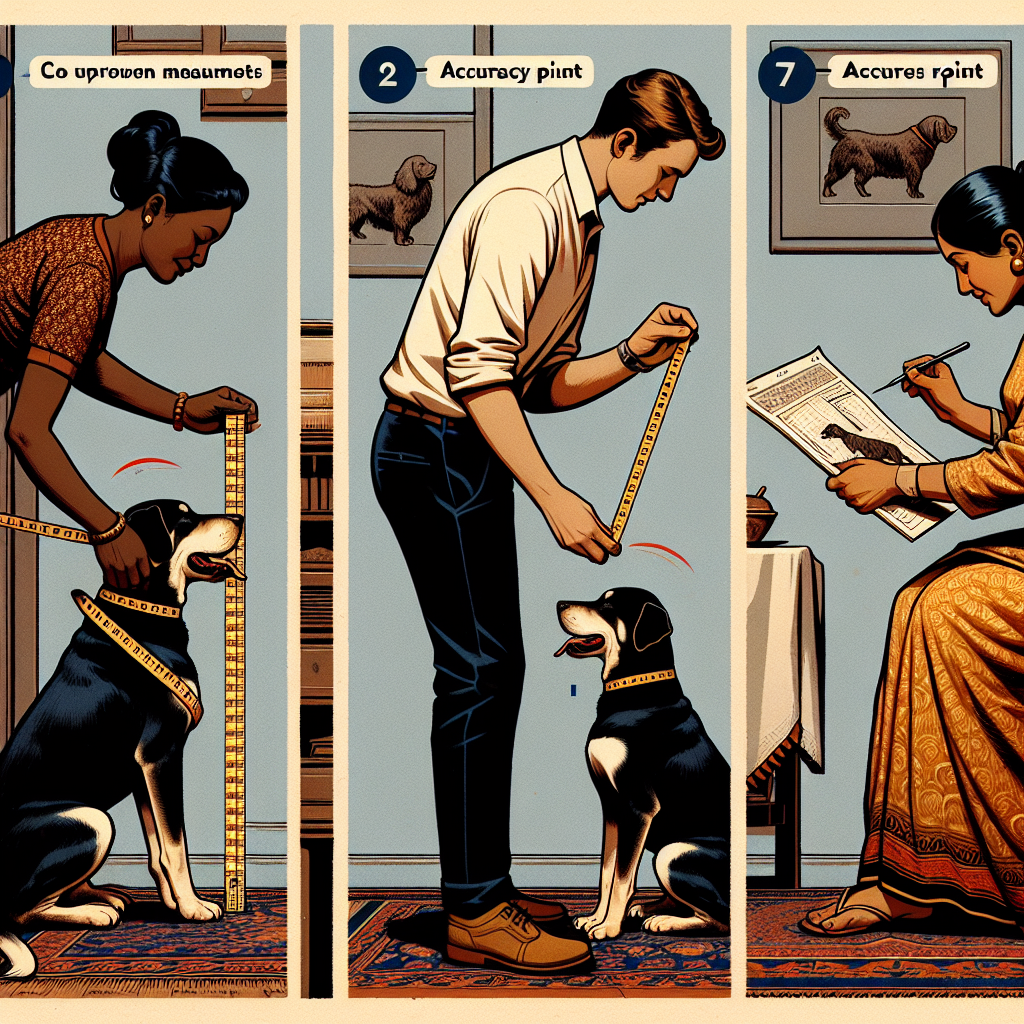===INTRO:===
Measuring your dog’s height accurately is crucial for various reasons, whether for health assessments, choosing the right harness, or participating in competitions. Many pet owners overlook this simple task, often leading to improper fittings and potential discomfort for their furry friends. If you’ve ever wondered how to correctly measure your dog’s height, you’re in the right place. This comprehensive guide will help you tackle this task effectively, ensuring your dog is comfortable and safe.
Understanding the Importance of Accurate Height Measurement
An accurate height measurement of your dog is vital for several reasons, extending beyond just aesthetics. Many dog breeds have specific height standards that determine their classification, which is essential for showing and breeding. Ensuring your dog meets these standards can ultimately impact breeding rights and show eligibility. Moreover, accurate height measurements assist veterinarians in diagnosing health issues, as some conditions relate directly to the dog’s size.
The significance of height extends to practical applications in everyday life. For instance, whether you’re buying a new dog bed, crate, or harness, knowing your dog’s exact height ensures the proper fit. A harness that is too tight can cause discomfort, while one that is too loose might not provide adequate control. Hence, precise measurement becomes a critical factor in ensuring your dog’s safety and comfort.
Additionally, height plays a role in nutritional assessments. Some dog food brands recommend portions based on the dog’s size, which can be misleading if the height is not measured properly. A small miscalculation could lead to overfeeding or underfeeding, impacting your dog’s overall health. Thus, understanding the importance of accurate height measurement is essential not only for practical purposes but also for overall well-being.
Essential Tools and Techniques for Measuring Your Dog’s Height
To accurately measure your dog’s height, you will need a few essential tools: a measuring tape, a straight wall, and a flat surface. A flexible measuring tape is preferred, as it allows for easy manipulation around your dog’s body. Having a partner can make the process smoother, especially for larger dogs that may not stay still. If working alone, ensure your dog is calm and comfortable before starting the procedure.
Begin by positioning your dog on a flat surface, ensuring their feet are flat and their body is relaxed. Stand the dog against a wall to create a straight line for measurement. Ensure that their head is held in its natural position; it should not be tilted up or down. For larger breeds, using a plank or board to create a level surface can be beneficial. Measure from the ground to the highest point of the dog’s shoulder, known as the withers. This point is the universally accepted standard for measuring a dog’s height.
Many owners might be tempted to estimate their dog’s height or use an incorrect reference point, which can lead to inaccuracies. Remember, dogs come in various shapes and sizes, and relying solely on visual estimation can be misleading. For the most accurate results, always adhere to these techniques and double-check your measurements. If you have a puppy, measuring periodically as they grow can help track their development and ensure proper care.
===OUTRO:===
In conclusion, measuring your dog’s height is a fundamental task that can have far-reaching implications for their comfort, health, and well-being. By understanding its importance and utilizing the right tools and techniques, you can ensure that your furry friend receives the best care possible. This simple yet essential practice can transform how you interact with your pet, from choosing the right gear to ensuring a healthy lifestyle. Don’t overlook this crucial step; make it a part of your regular pet care routine, and your dog will thank you for it. Happy measuring!
Measuring Your Dog’s Height: A Comprehensive GuideUnderstanding How Dogs Become Infested with FleasUnderstanding the Lifespan of Pug Dogs: What to ExpectRelevant LinkRelevant LinkRelevant Link
